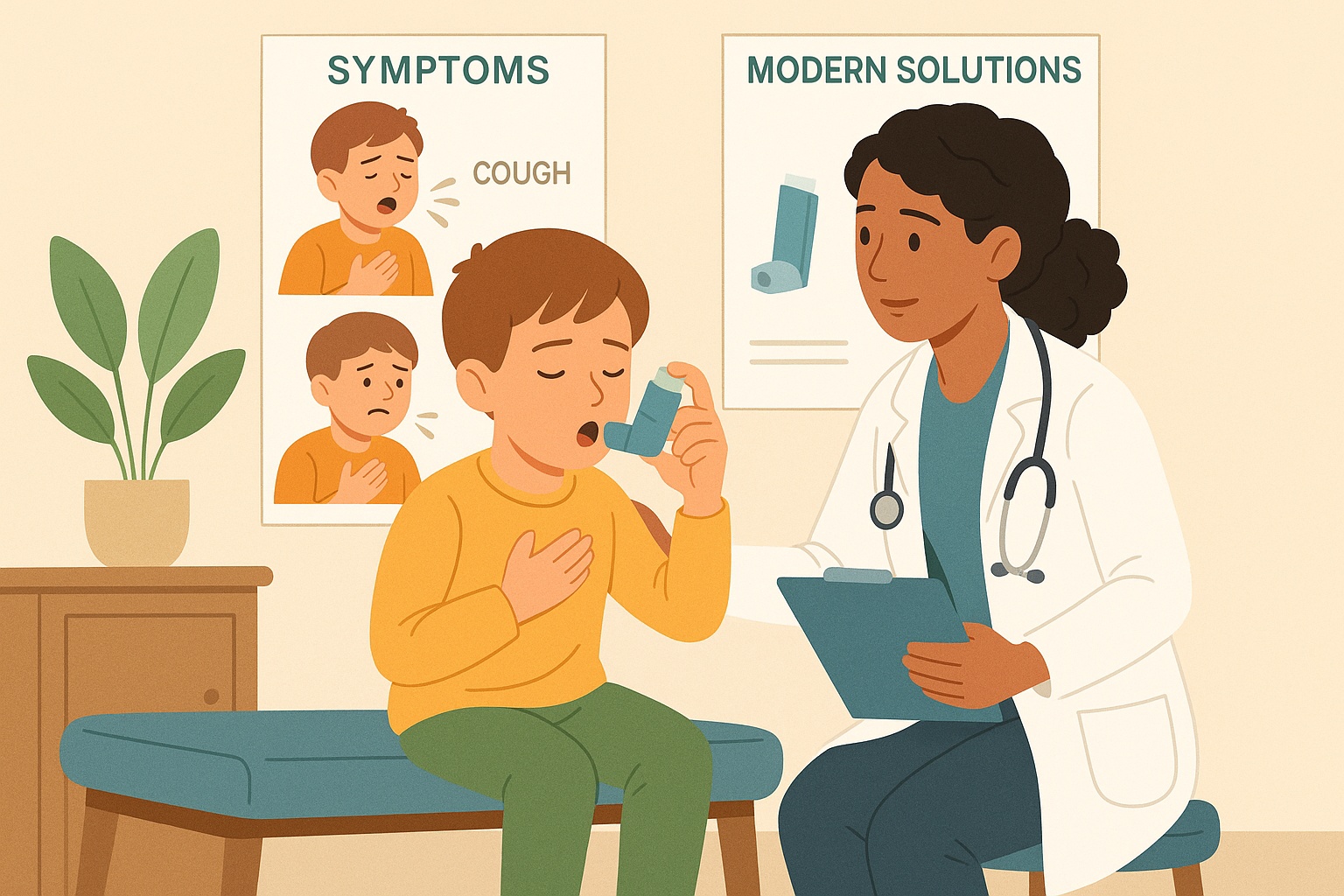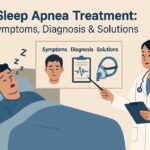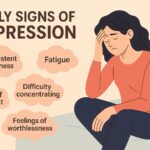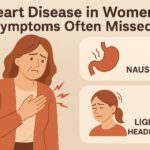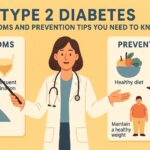Childhood Asthma Treatment: Recognizing Symptoms and Taking Action
Childhood asthma treatment has come a long way in 2025, thanks to better diagnostics, safer medications, and modern management tools. Yet asthma remains one of the most common chronic conditions in children, affecting nearly 6 million kids in the U.S. Recognizing symptoms early and acting quickly is key to controlling flare-ups and preventing long-term damage. This article explores the warning signs of asthma in children and the most effective, up-to-date treatment options available today.
What Is Childhood Asthma?
Asthma is a chronic lung condition that causes inflammation and narrowing of the airways. In children, it can lead to frequent coughing, wheezing, shortness of breath, and chest tightness—especially during play, exercise, or at night. While some kids outgrow asthma, many require long-term care and lifestyle adjustments to keep symptoms under control.
Early Symptoms of Asthma in Children
Spotting the early warning signs of asthma is essential for timely childhood asthma treatment. Common symptoms include:
- Persistent or recurring cough, especially at night or after activity
- Wheezing — a whistling sound during breathing
- Shortness of breath or rapid breathing
- Chest tightness or discomfort
- Tiredness or lack of interest in physical activity
- Frequent respiratory infections that last longer than expected
If these symptoms occur more than twice a week or interfere with daily life, it’s time to talk to a pediatrician or asthma specialist.
When to Seek Medical Help
You should seek professional childhood asthma treatment if:
- Your child’s symptoms are worsening or becoming more frequent
- They need to use a rescue inhaler more than twice a week
- They wake up at night due to coughing or breathing issues
- Physical activity is limited by asthma symptoms
- You notice bluish lips, trouble speaking, or flared nostrils while breathing
These signs could indicate poor asthma control and the need for a change in treatment.
Diagnosis: How Doctors Confirm Asthma
Diagnosing asthma in children can involve several steps:
- Medical history and symptom assessment
- Physical exam and chest auscultation
- Spirometry (lung function test) for children over 5
- Allergy testing to identify potential triggers
- Monitoring symptoms over time using an asthma diary
A clear diagnosis helps guide the right childhood asthma treatment plan tailored to your child’s needs.
Modern Childhood Asthma Treatment Options
Today’s asthma care focuses on preventing symptoms, minimizing attacks, and improving quality of life. A comprehensive plan may include:
- Rescue inhalers (short-acting beta agonists) — Used during attacks to quickly open airways
- Daily controller medications — Such as inhaled corticosteroids or leukotriene modifiers to reduce inflammation
- Smart inhalers — Devices with sensors to track usage and send data to caregivers via app
- Biologic therapies — For severe cases, injections like dupilumab or omalizumab may help reduce immune overreaction
- Allergy treatments — Antihistamines or allergy shots if allergens are a known trigger
Doctors customize treatment based on asthma severity: intermittent, mild persistent, moderate persistent, or severe persistent.
Managing Triggers at Home
A big part of effective childhood asthma treatment is managing environmental triggers that worsen symptoms. Common triggers include:
- Dust mites, mold, and pet dander
- Pollution and cigarette smoke
- Cold air or sudden weather changes
- Respiratory infections like colds and flu
- Physical exertion or emotional stress
Use air purifiers, wash bedding weekly, avoid scented candles or sprays, and keep pets out of the child’s bedroom to reduce exposure.
Action Plans and Emergency Preparedness
Every child with asthma should have an asthma action plan created with their doctor. It includes:
- Daily management instructions and medication schedule
- Steps to follow during worsening symptoms
- Emergency contacts and when to seek urgent care
Sharing this plan with schools, babysitters, and coaches ensures everyone knows what to do in case of an asthma attack.
Supporting Your Child Emotionally
Chronic illness can be emotionally challenging. Children may feel anxious, different, or limited by asthma. Support their mental well-being by:
- Encouraging open conversations about their feelings
- Connecting with pediatric asthma support groups
- Reinforcing that asthma is manageable and not their fault
- Celebrating progress and non-medication wins (like staying active or using their inhaler independently)
FAQs About Childhood Asthma Treatment
- Can asthma go away as a child grows?
Some children outgrow asthma, but many continue to have symptoms into adulthood. - Is daily medication safe for children?
Yes. Modern asthma medications are safe when used as prescribed and help prevent long-term damage. - Can my child play sports with asthma?
Absolutely. With proper management and pre-activity medication, most children can safely enjoy physical activity.
Conclusion: Take Control of Childhood Asthma Treatment in 2025
With the right support, childhood asthma treatment can empower your child to breathe freely, play confidently, and live fully. Modern therapies, smart tech, and customized care plans make asthma highly manageable. Don’t wait to act—partner with a pediatric specialist, stay consistent with treatment, and help your child thrive in 2025 and beyond.
